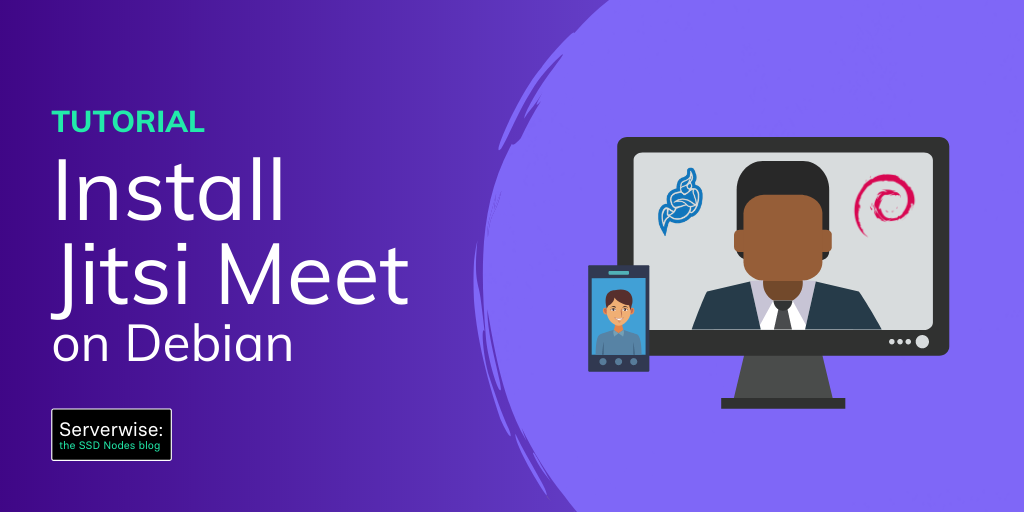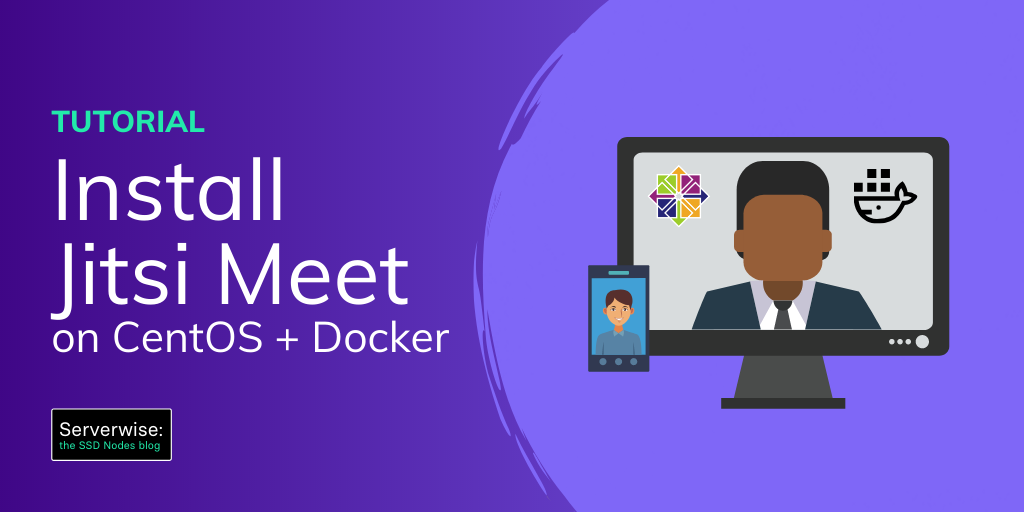Getting started with Ghost CMS on Ubuntu 18.04
Today we’ll walk you through how to install Ghost on your VPS using Ubuntu 18.04 or Ubuntu 16.04.
The Ghost CMS is simple, elegant, and responsive platform for blogging. Unlike WordPress, the Ghost CMS is meant exclusively for blogging– so it’s not set up to handle something more extensive, like an e-commerce website.
Why install Ghost CMS over other content management systems?
The Ghost CMS has a no-nonsense style that appeals to people who just want a simple blogging platform that looks great. There are minimal themes and an uncluttered design, so you can get right to writing instead of finding your way through a cluttered dashboard and thousands of plugins.
Ghost is a modern, open source blogging platform written in NodeJS. The Ghost CMS come with a brand new Markdown editor, a refreshed UI, a new default theme design, and a lot more features that make for a nicer blogging experiencing.
Installing Ghost CMS is pretty straightforward and Ghost officially recommends the following stack and server setup:
-
- Ubuntu 18.04
- MySQL
- NGINX
- Systemd
- NodeJS
- At least 1GB memory
- A non-root user for running ghost commands
Source: Ghost
Prerequisites for your Ghost CMS install
- A VPS running Ubuntu 18.04 (or Ubuntu 16.04)
- A non-root,
sudo-enableduser. If you only have arootuser, see our SSH tutorial for details on creating new users. - A registered domain name.
- A DNS A record that points to your server’s IP address based on the FQDN you want to use. For example, an A record named
testwould point totest.DOMAIN.TLD.
Notes
- This tutorial requires the use of domain names. Whenever you see either the
SUBDOMAIN,DOMAIN, orTLDvariables, replace them with the details of your domain name. Inexample.ssdnodes.com,exampleis theSUBDOMAIN,ssdnodesis theDOMAIN, and.comis theTLD. - This tutorial requires the use of passwords. Whenever you see the
PASSWORDvariable, then replace it with your own.
[cta_inline]
Getting your server ready to install Ghost CMS
Ghost is built on NodeJS, and the latest release of Ghost supports NodeJS versions 10.x and 8.x only. You can pick either of the NodeJS versions, but for this tutorial, we will use NodeJS version 10. To install
by subscribing to our newsletter.
A note about tutorials: We encourage our users to try out tutorials, but they aren't fully supported by our team—we can't always provide support when things go wrong. Be sure to check which OS and version it was tested with before you proceed.
If you want a fully managed experience, with dedicated support for any application you might want to run, contact us for more information.




